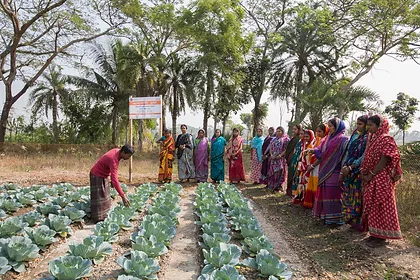

Waterline is an ongoing series that explores the solutions making rivers, waterways and ocean food chains healthier. It is funded by a grant from the Walton Family Foundation.
When Arjan Berkhuysen and his fellow volunteers on the Dutch island of Terschelling looked for a spot to start a garden, they sought the least fertile location they could find. The plot they landed on is just over a dike from the Wadden Sea along the Netherlands’ northern coast. The water in the irrigation ditches is often brackish. For most growers, salinity is an affliction; salt in soil or water can diminish plant health and reduce crop yield. But for this group of gardeners, the spot was ideal.
De Zilte Smaak — “The Salty Taste” — specializes in edible plants that grow in saline conditions, like samphire, tiny spears that resemble asparagus, and tender-leafed sea aster. The salt-loving delicacies grown on this plot end up on plates in restaurants across this island, a popular summer destination. The project is one of a number of initiatives in the Netherlands exploring the possibilities of farming in salty conditions, ranging from edible plants in small-scale gardens like this, to identification of salt-tolerant varietals of conventional crops like potatoes and beets.
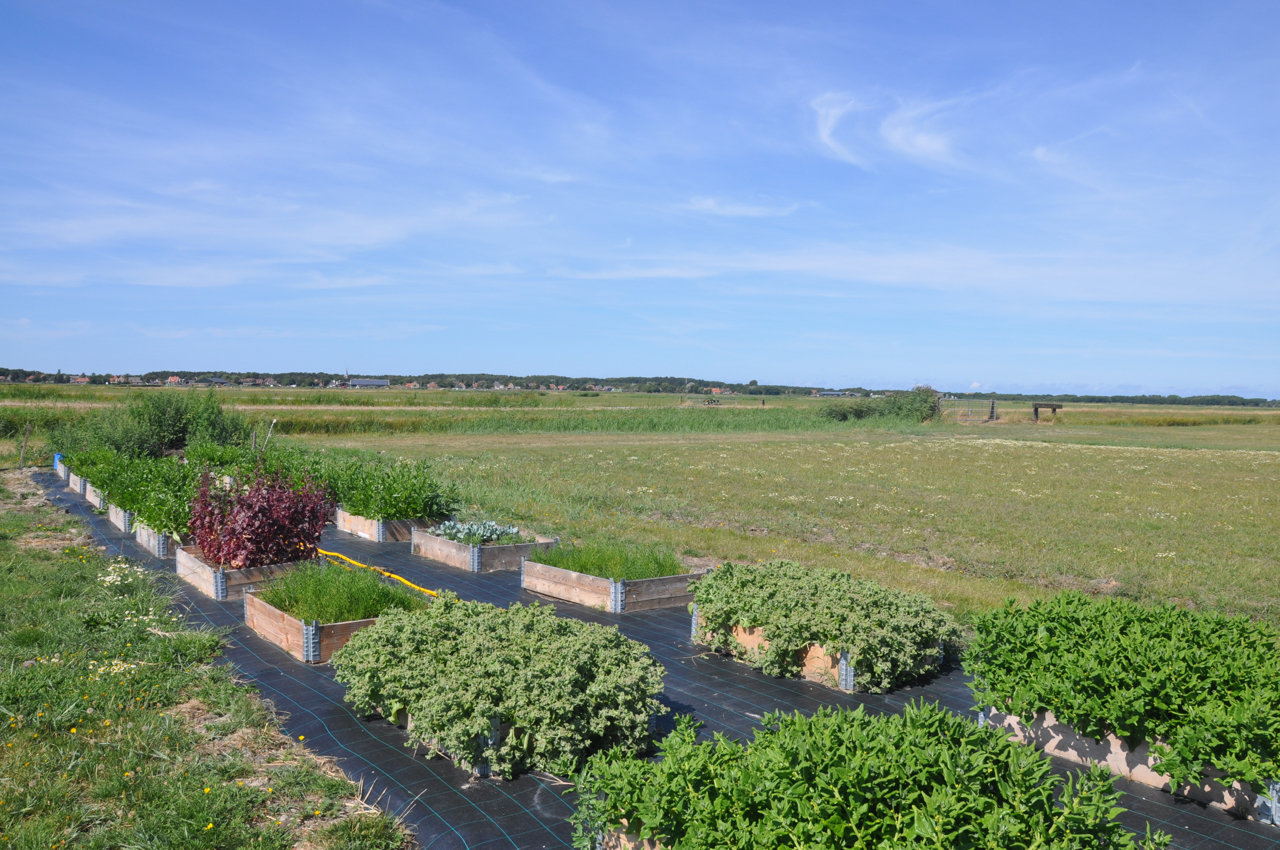
In the Netherlands and worldwide, more and more farmers are facing challenges with food production as climate change makes soils and water saltier. Globally, an estimated 20 percent of cultivated land is affected by salinity. In the Netherlands, where a quarter of land is below sea level, some regions are seeing impacts already, and salinity is expected to become a more prominent hurdle for agriculture in the decades ahead. But recent developments are proving it’s possible to adapt farming techniques and crops to saline conditions.
“As humans, we tend to always adapt the environment to us,” says Berkhuysen, a member of De Zilte Smaak’s board. “Here, [we] try to adapt ourselves to the environment.”
For cooking, salt can make food tastier. But for farming, it’s generally bad news. When salt becomes concentrated in soil or water, it can damage plants, reduce the yield of crops, and even make farmland useless.
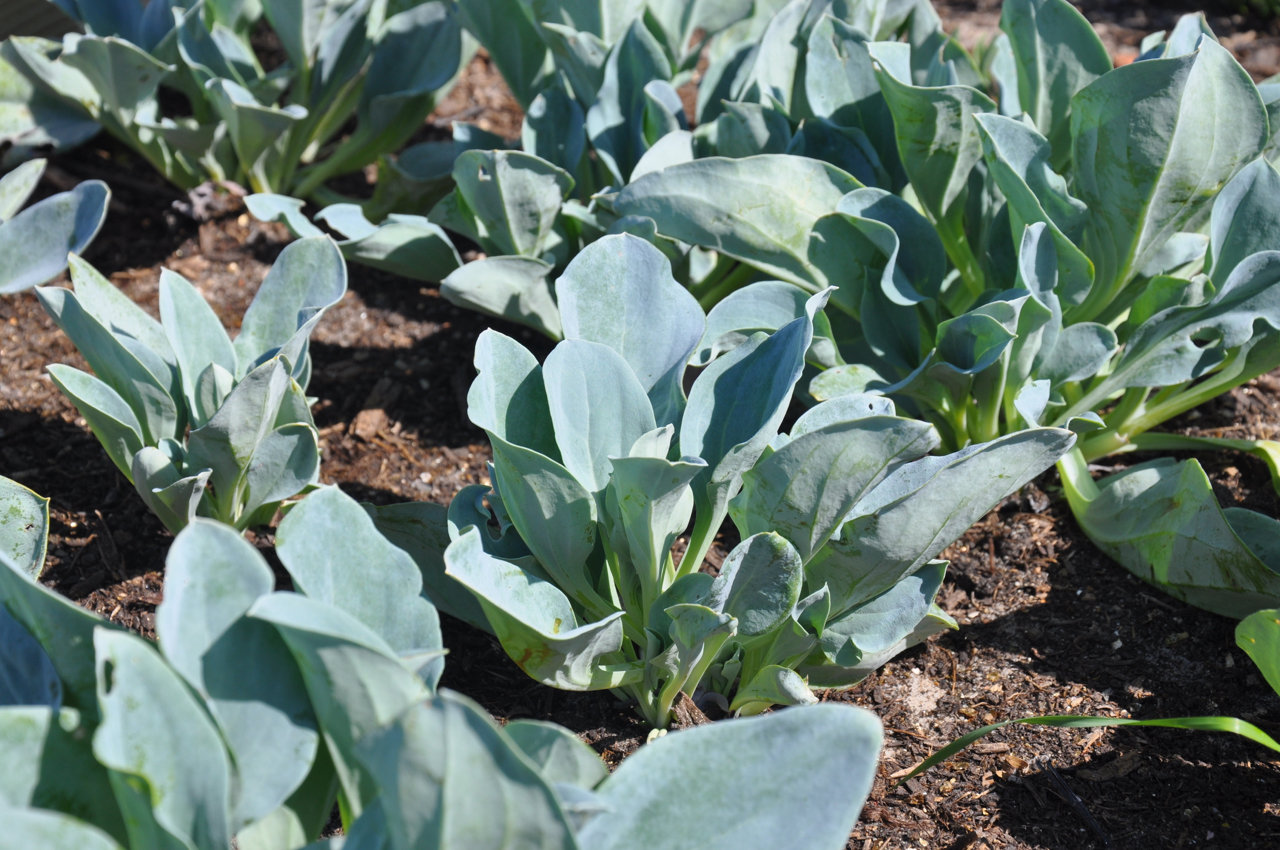
“It can be a big problem because for a lot of cash crops salinity is not good,” says Kate Negacz, an assistant professor with Vrije Universiteit Amsterdam’s Institute for Environmental Studies. She heads the Saline Agriculture for Adaptation (SALAD) project, which is researching saline agriculture in Europe and North Africa. “They will perform worse, which can then lead to food security challenges.”
Salinization is not a new problem. Evidence suggests salinity hindered ancient societies from Mesopotamia to Peru. But phenomena associated with climate change and other human activities are driving salinity in a number of ways. Warmer temperatures, for instance, lead to higher rates of evapotranspiration; as water leaves the soil through evaporation and is taken up by plants, salt is left behind. During periods of drought, when there’s little rain, salty seawater can seep inland via groundwater and the mouths of rivers. Even in areas far from the coast, salt can concentrate as groundwater depletes. Rising sea levels are also leading to more flooding involving saline water, leaving impacts on the land.
In a rice-growing region in Vietnam, where salinity once reached 30 to 50 kilometers from the coast, it now is seeping in more than 100 kilometers. Inland areas are affected too: in Australia, severe salinity impacts more than one million hectares of formerly productive farmland. Mid-Atlantic farmers in the United States are struggling with salt patches. Coastal erosion and sea-level rise in Egypt are deteriorating the quality of cultivated land.
But the low-lying country is vulnerable, as sea-level rise is expected to lead more salty water to seep inland through groundwater. Estimates predict that around 14 percent of Dutch land will eventually be impacted by salinity, according to the Ministry of Agriculture, Nature and Food Quality.
Though there is no precise data on the extent of salinity in the Netherlands so far, it is already having palpable effects on farms. Negacz and her colleagues visited one farm where cows behaved strangely after drinking water; the researchers found that the water was salty. Farmers are not always aware of the salt content in their irrigation water, according to Pim van Tongeren, a Vrije Universiteit Amsterdam researcher with the SALAD project: “There might be farmers that have declining yields and don’t know yet that it might be because of salinization.”
For now, when salt concentrates in irrigation canals, Dutch water management authorities usually flush it out with fresh water. But that may not always be an option as the country faces higher sea levels. Rather than fighting salinity, interest is growing in options to adapt to a saltier future. To do that, researchers and farmers are looking beyond Dutch borders through initiatives like the SALAD project, which is focused on expanding saline agriculture in Northern Europe and the Mediterranean.
Salinization is unlikely to pose a threat to food security in Northern Europe, as it does in other parts of the world. But adapting to saltier conditions can make the food system more resilient.
“It’s more the matter of food sustainability,” says Negacz. “We want to diversify our diet. We want to use the crops that are maybe underused now.”
Recent research has found that certain crops have a higher tolerance to salt than was previously understood. Through a combination of cultivation practices, irrigation techniques and crop selection, it’s possible to continue to produce food in salt-affected areas.
“A lot more is possible than is currently recognized,” says Bas Bruning, a saline agriculture expert with The Salt Doctors, a Netherlands-based social enterprise that helps farmers in regions around the world adapt to salinity.
Many varietals of potatoes, beets and carrots are proving to grow very well, according to Bruning, who, with his colleagues, has tested crops for salt tolerance on another northern Dutch island, Texel. Onions and leeks tend to have a lower tolerance for salt. Salty conditions also change the characteristics of crops. Tomatoes taste sweeter. Cucumbers and okra, on the other hand, can end up mushy. For all types of crops the team has tested, some varietals have higher tolerance than others, and the results vary depending on the level of salinity they’re exposed to.
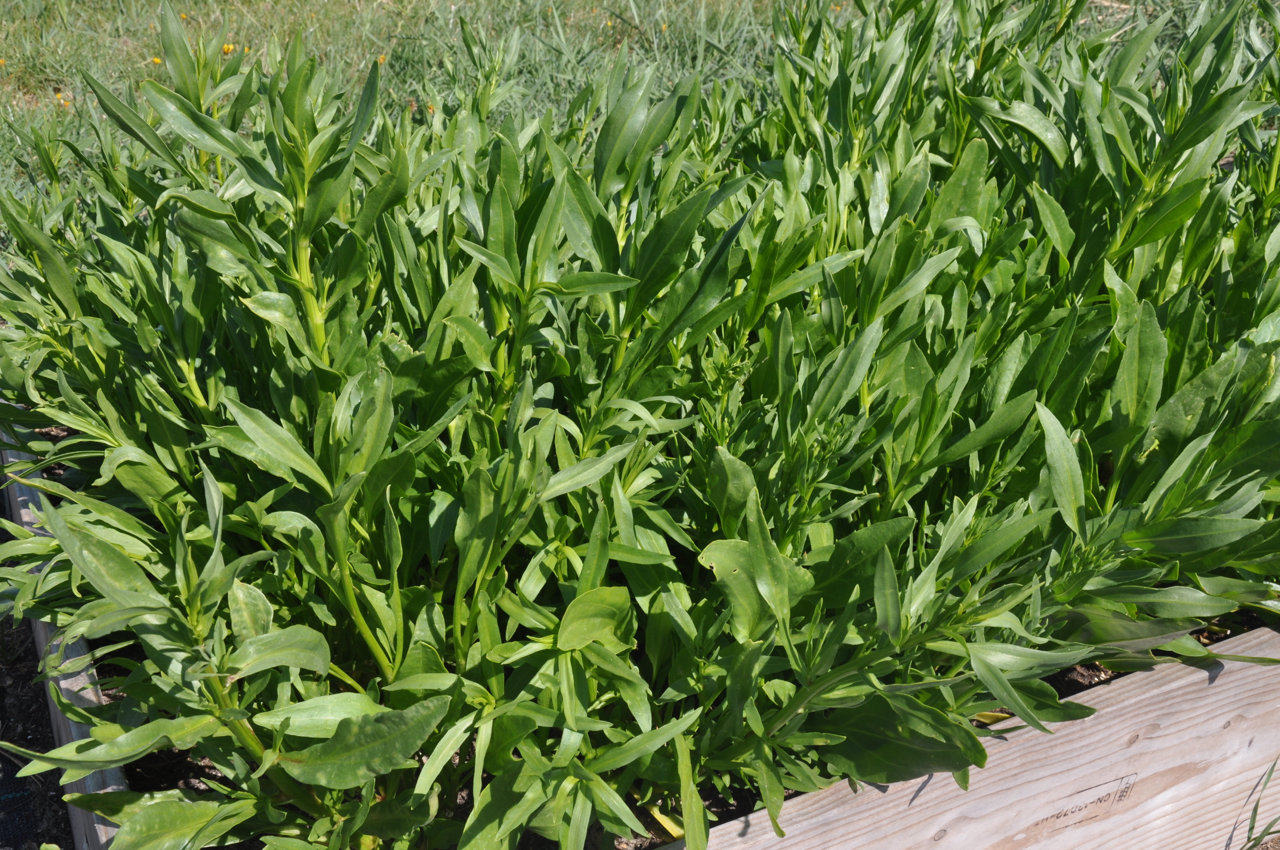
New understanding of the salt tolerance of crops can help growers make choices in the face of salinity. During a Salt Doctors project in Kenya, switching carrots to a salt-tolerant variety doubled the yield, according to Bruning. A project in Egypt involving eight types of potatoes on salt-affected lands found that crop yields increased by an average of 40 percent by using compost. There are also social impacts: In a project that trained 5,000 Bangladeshi farmers in saline agriculture practices, food security, gender equality and household income improved.
While saline agriculture is showing a lot of promise, there are limits. In places that irrigate using brackish water, the soil must be leached occasionally to avoid salt accumulating too much. If the salt levels are too high, it’s not feasible to grow crops in those locations.
The development of saline agriculture practices means that it’s possible to keep farming in saline areas, rather than converting new land for cultivation.
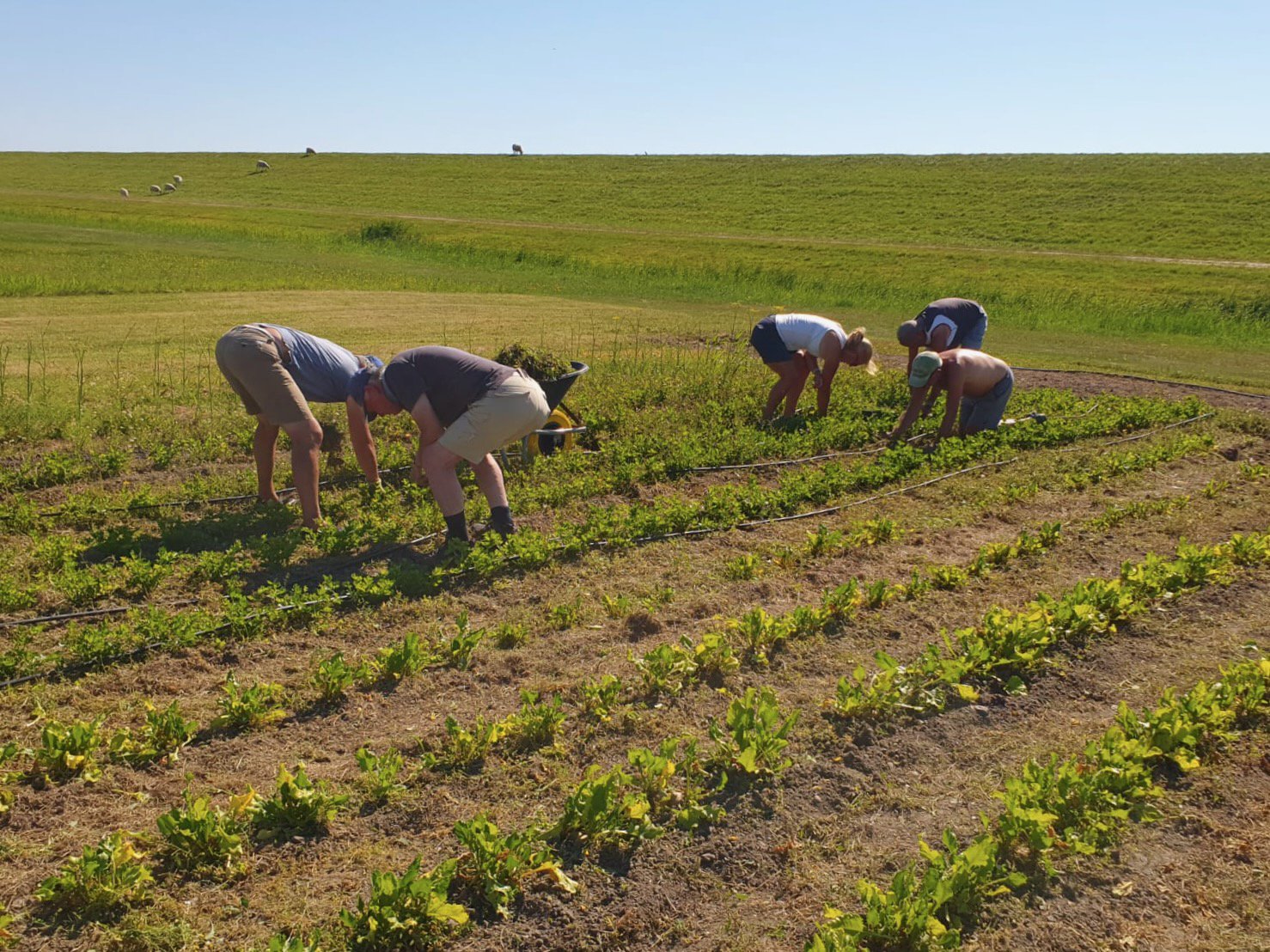
“If you can develop and learn a method in which you can use degraded lands again to grow food, that means that in another area in the country or somewhere else in the world, you don’t need to cut down a forest or you don’t need to change a biodiverse rich area into an agricultural field,” van Tongeren says. “In that way, you save land that has other purposes.”
At the same time that researchers and farmers are learning more about the salt tolerance of conventional crops, other efforts are exploring opportunities with lesser-known edible plants that thrive in saline conditions.
Halophytes, a category of vegetation that naturally grow in salty coastal areas, are not widely cultivated and eaten now. But small projects like De Zilte Smaak are raising their profile in the Netherlands.
The vegetables De Zilte Smaak grows are primarily for a specialty market — they are mostly distributed to local restaurants. During rainy seasons, the water in the canals is sometimes too fresh, so the gardeners use seawater to irrigate. As an entirely volunteer-run effort, the garden has limited reach, and figuring out how to scale up is a challenge. But it’s also showing what is possible on a small island that will likely see increasing salinity in years ahead.
Weighed down by negative news?
Our smart, bright, weekly newsletter is the uplift you’ve been looking for.“It’s like a win-win,” says Berkhuysen. “We have something for the niche market now, but in the end, it will be more normal.”
Part of the garden has also been dedicated to testing out salt-tolerant varieties of potatoes. The initiative is spearheaded by Alco de Jong, a third-generation farmer who grows sugar beets, wheat and seed potatoes — which are grown to be planted elsewhere to produce a potato crop — on his seaside farm on the mainland.
It has never been a big problem for de Jong — usually fresh water comes through the canal system and dilutes the salinity. He knows a farmer further west along the coast who has had to stop farming conventional potatoes in one field because of salinization, and de Jong expects that in decades ahead, salinity will reach his land too.
“All farmers here, especially in the north where they are close to the sea, are anticipating an increasing salinity problem,” says Wijbenga, who has also been involved with De Zilte Smaak, explaining that this will affect what crops farmers choose to grow and how they will rotate crops in different fields.
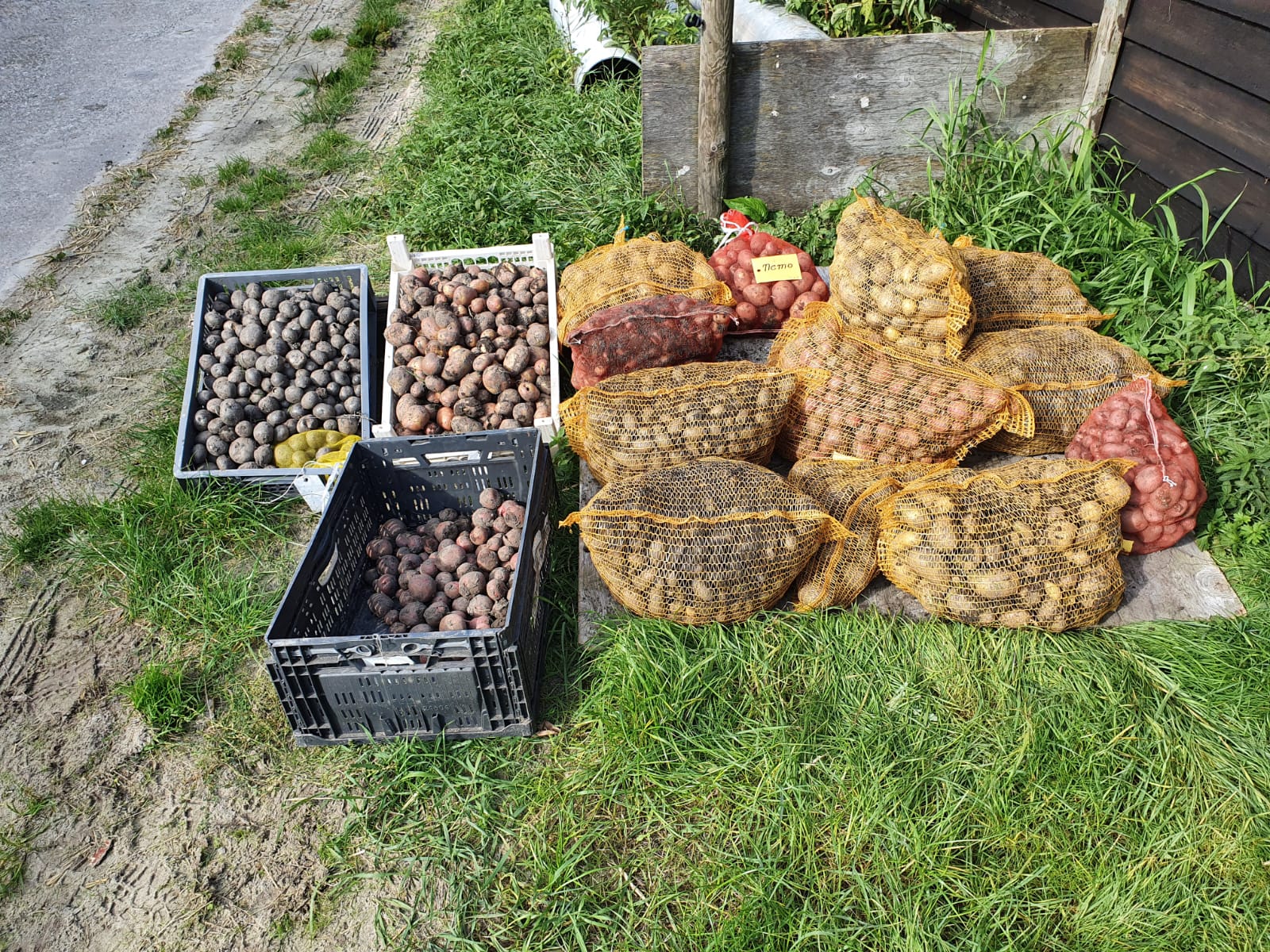
The seed potatoes de Jong grows on his farm end up around the world, supplies for farmers to plant and grow for their local markets. For Dutch farmers, salt-tolerant varietals will help them to be more resilient as climate change drives up salinity. As interest grows in the Netherlands, those varietals will also ripple out to other regions in the world dealing with salinity, he says.
“We know that troubles are coming, so you have to be ahead of it,” de Jong says.
All garden images appear courtesy of Stichting De Zilte Smaak. Photos of de Jong’s farm were taken by the author.
